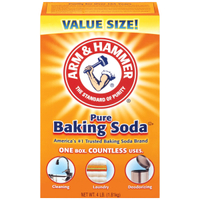How to wash dog beds – 6 steps that go beyond the lint roller
Tackle stubborn odors, hair, and germs with these quick washing tricks for dog beds
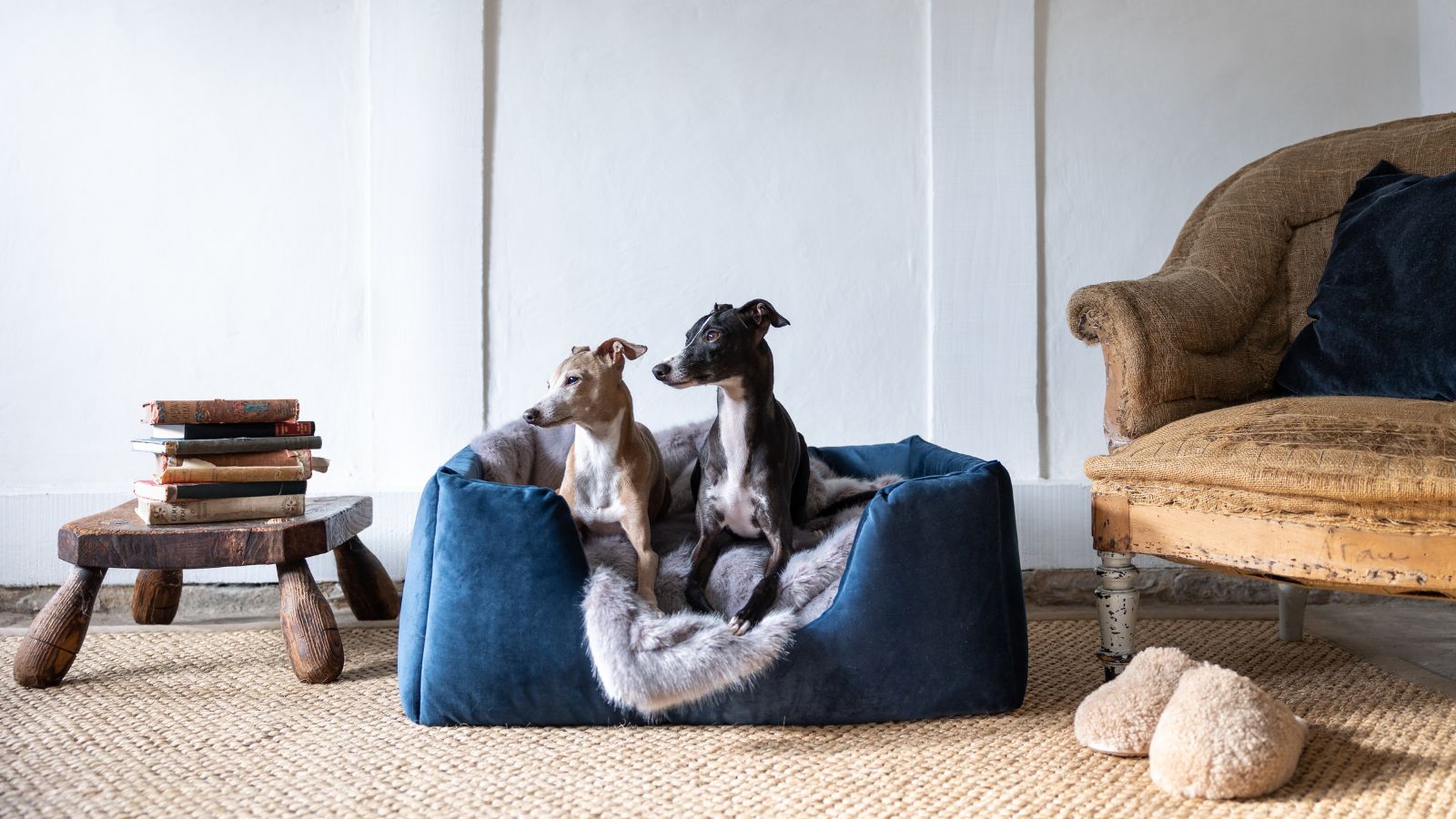

Washing a dog bed can be a serious undertaking. Not only does pet hair make the task unnecessarily difficult, but fitting big beds in a washing machine or drying them afterward means it is a task we are likely to put off.
However, given that we wouldn't want to sleep in the same bedding for months on end without changing it, we shouldn’t give that treatment to our furry friends. So, how do you wash dog beds properly to remove hair, tackle odors, and kill bacteria?
We asked pet experts to share their best cleaning tips to ensure your dog beds come out as good as new.
How to wash dog beds
We might not want to consider it, but our pets are dirty (which is why you should always think twice about letting your dog sleep in your bed), begins Maleki Burke, founder of Snootiful Hound:
‘Everything your dog walks through or rolls in inevitably ends up back in the bed that they spend hours each day in, so naturally it gathers dirt and grime extremely fast,’ they remind us. ‘If left unattended, this problem will only fester and your dog can get sick from poor hygiene.’
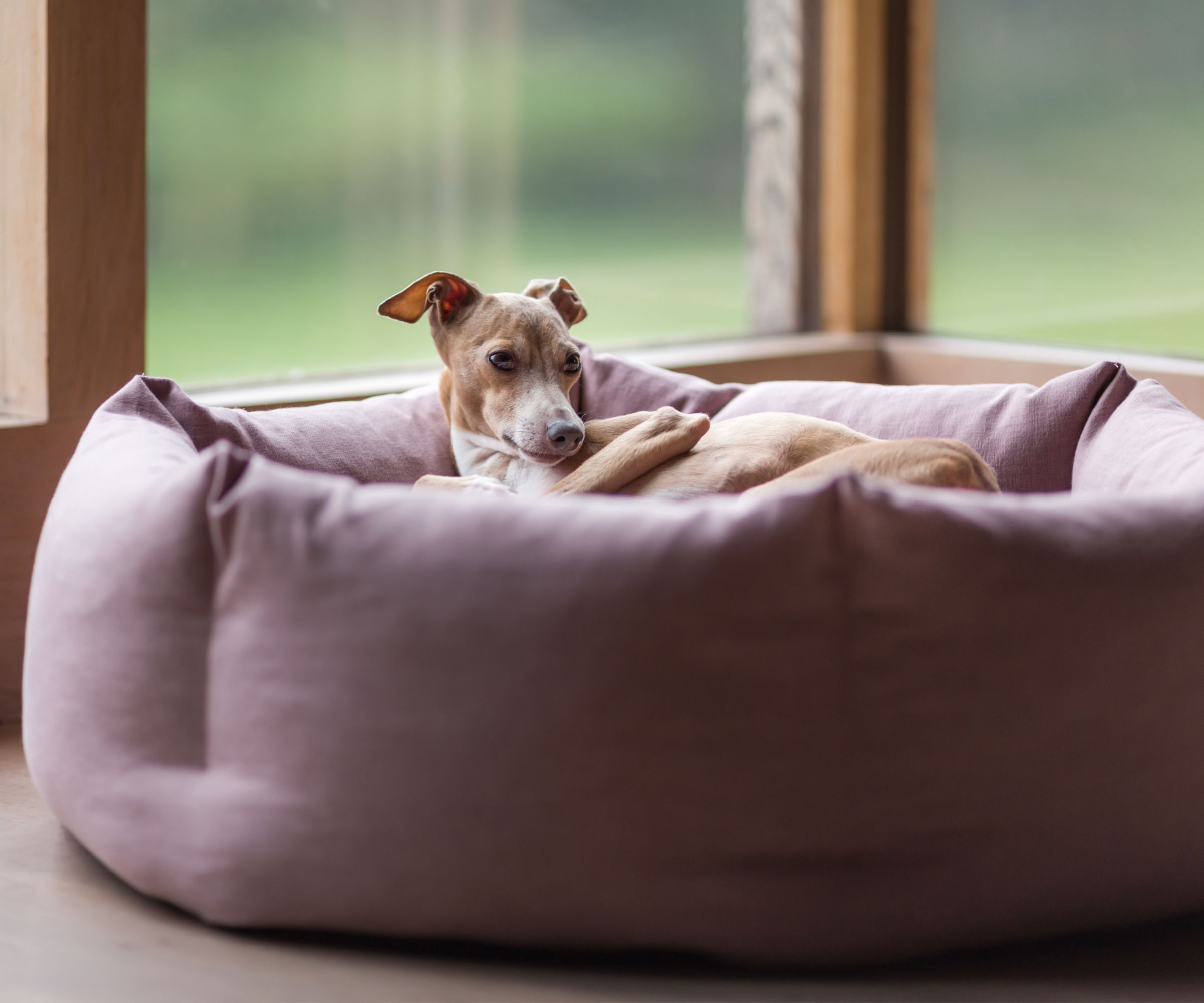
1. Wash regularly
Of course, the best way to wash a dog bed is to do so regularly, preventing the build-up of bacteria and hair that will only become harder to remove with time, begins Sadie Cornelius, pet expert at Canine Journal. At the very least, this should be at least once a month or every time you wash your dog, vacuuming weekly and spot-treating as required between washes.
‘Regular cleaning helps remove allergens like pet dander, dust, and pollen that can accumulate on the bed as well as build-up of pet odors that can be unpleasant. Washing helps eliminate bacteria, fungi, and other germs that can thrive in dog bedding which reduces the risk of skin irritations or infections for your pet,’ she explains.
2. Vacuum first
Before throwing your dog bed in the washing machine, you should vacuum with the best vacuum for pet hair first. This not only helps the washing machine penetrate dirt but prevents your machine from becoming clogged with hair and pet dander, helping to expand its lifespan and make cleaning a washing machine simpler.
Vacuuming regularly between washes will make this step quicker, adds Maleki Burke, of Snootiful Hound – ‘not every clean has to be a deep clean, perhaps you can do this every other week and give it a shake and a vacuum in between washes to remove most of the dirt and hair that has built up.’
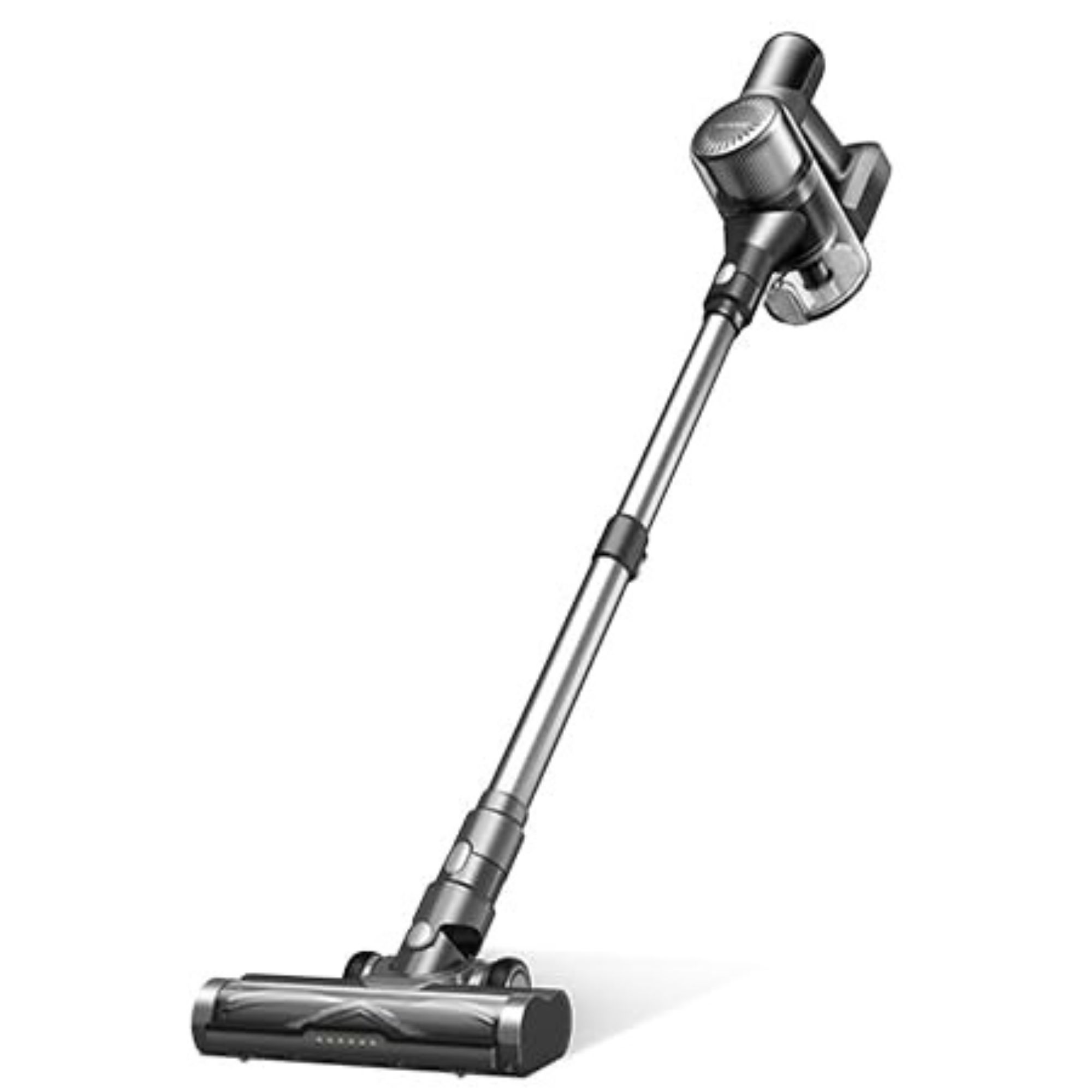
You won't find a better vacuum cleaner for under $200. This has smart features, good suction power, and an adjustable height.
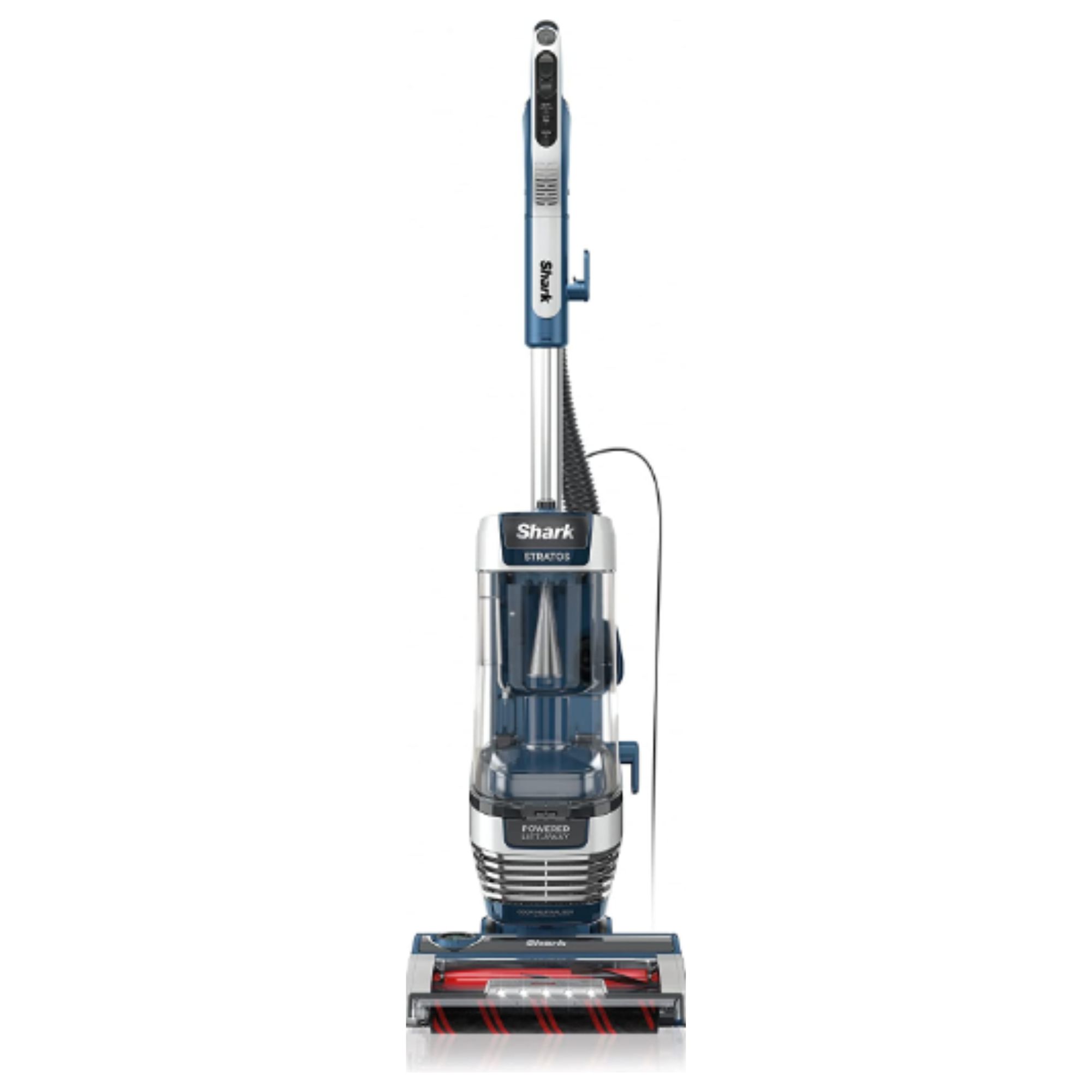
Effective pet hair removal at a fair price. This nimble upright also has odor-neutralising tech that removes pet smells.
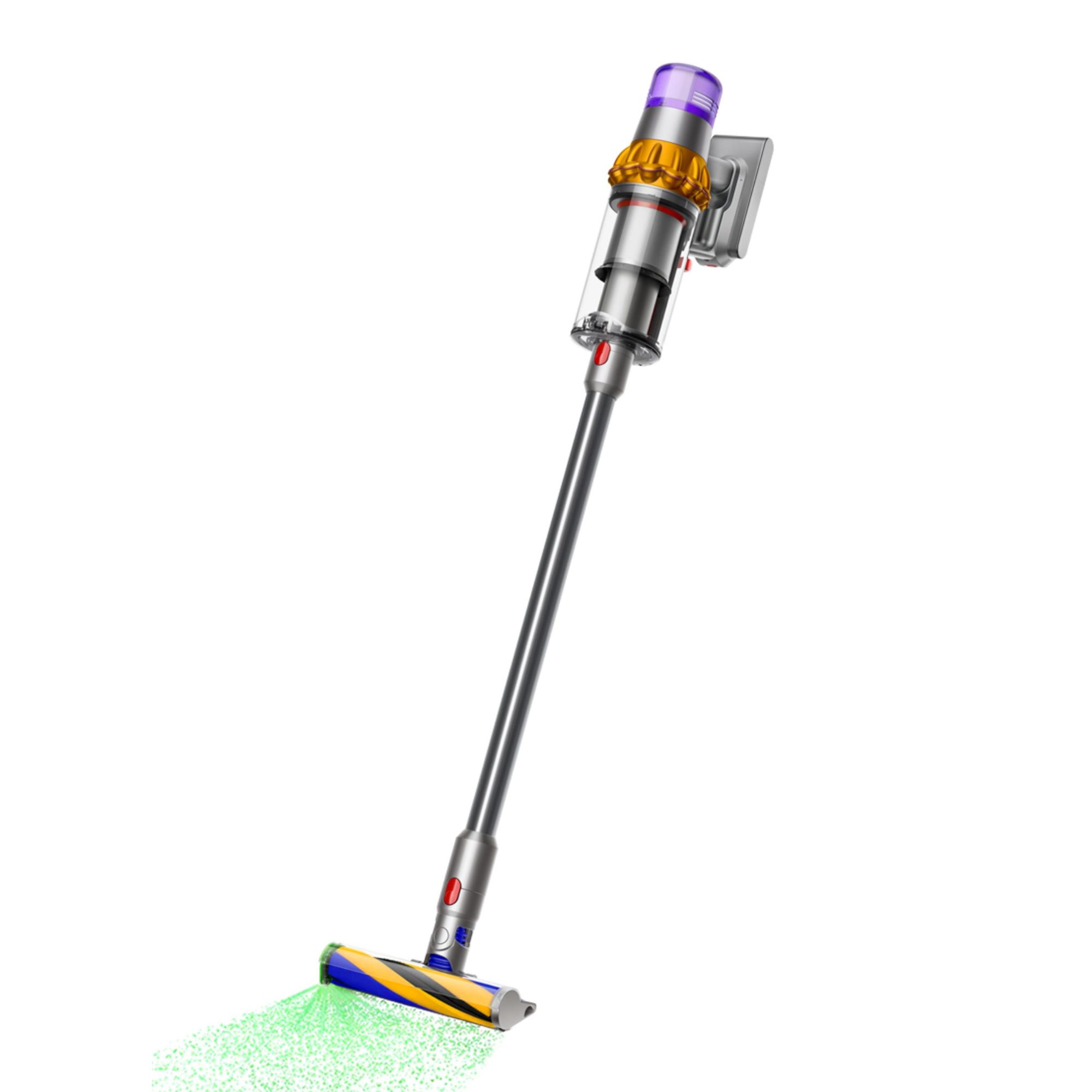
This is the best vacuum you can buy according to our testers, and it's amazing with pet hair.
3. Let the washing machine do the work
Where the size of the bed allows, throwing the dog bed in the washing machine when doing laundry is the quickest and easiest method.
When washing dog beds or their covers, avoid washing any other household items along with it to avoid hair transfer. It also helps to use a pet-safe or baby-safe laundry detergent to avoid harsh chemicals that might irritate your pet’s skin or airways.
4. Hand wash larger beds
If you have a big dog bed, then the chances are it will not fit in your washing machine. If you aren't able to have it professionally cleaned or take it to a commercial-sized laundrette, then the only option is hand washing, says Julia Benning, grooming advisory board leader at Well Groomed Pets:
‘Fill up a large basin or bath with enough hot water to completely submerge your dog's bed then soak the bed with a non-toxic, pet-friendly detergent for 10-15 minutes. Scrub with baking soda to remove any lingering odors, using a toothbrush to get into the corners or any spots that are extra dirty.
‘Finish up by fully rinsing the bed, making sure to remove all the detergent to avoid irritation.'
If this is not a step you can do monthly, then you can turn to a steam cleaner to help kill bacteria – especially for beds that advise against washing, adds Sadie Cornelius, pet expert. ‘Use a handheld steam cleaner to sanitize and deodorize the bed without using harsh chemicals.’
5. Allow to dry fully
Once the bed is clean, it is best to allow them to air dry out in bright sunshine suggests Dr. Kathryn Dench, VetMB, chief scientific advisor at Paw Origins: ‘‘Whenever possible, allow the bed to air out in the sun. Sunlight is a natural disinfectant and can help eliminate lingering smells.’
When the weather doesn't permit drying outside, placing the bed on a drying rack above a dehumidifier is your next best bet, helping to dry the bed thoroughly and quickly while mitigating any lingering odors.
6. Deodorize and finish with a pet-safe fragrance
If your dog bed still has a funky smell after washing, then it can help to do an extra clean with baking soda to deodorize without the need for harsh chemicals, Dr. Kathryn Dench, VetMB, recommends. ‘Sprinkle baking soda on the bed and let it sit for a few hours before vacuuming it off,’ she suggests.
Then, if you really want to make a home smell nice, you can spritz the bed with a pet-friendly, non-toxic fragrance, Julia Benning, grooming advisory board leader adds. ‘There are several odor-eliminating dog bed sprays on the market. Just make sure it is nontoxic. Also, keep in mind that your dog's nose is more sensitive than our noses, so try to avoid over-saturating the bed with too much fragrance as it may deter them from laying there where the smell is so strong.’
Arm & Hammer Pure Baking Soda, 4 lb | $3.34 at Walmart
A bowl of baking soda can become part an integral part of your closet storage.
FAQs
What temperature should I wash dog bedding?
When washing dog bedding, it is better to use hotter water – around 60c/140f – to help kill bacteria and any pests that may have made themselves at home there, but be sure to check the care label first to make sure there are no materials unsuitable for high temperatures.
Can you use fabric softener on dog beds?
When washing dog beds, it is best to skip the fabric softener to avoid giving your pet any irritation from the chemicals. Instead, opt for a pet-safe laundry detergent and add in some pet hair dissolver if your furry friend is a shedder. This will be more than enough to clean the bed and leave a fresh scent.
To make this laborious task a little easier, there are several things you can do when buying a dog bed. Buying a bed that has a removable cover, for a start, will make the washing process far simpler – you might also be able to get replacement covers so that the bed can still be used while you are doing laundry. Alternatively, if you can’t find a suitable bed with a cover, you can cover a bed with blankets, tucking them around securely, so that you only have to wash the blankets, rather than the padding beneath.
Sign up to the Homes & Gardens newsletter
Design expertise in your inbox – from inspiring decorating ideas and beautiful celebrity homes to practical gardening advice and shopping round-ups.

Chiana has been at Homes & Gardens for two years and is our resident 'queen' of non-toxic living. She spends most of her time producing content for the Solved section of the website, helping readers get the most out of their homes through clever decluttering, cleaning, and tidying tips. She was named one of Fixr's top home improvement journalists in 2024.
-
 5 fast-growing tiny flowers – expert recommendations to fill your pots and borders with color in record time
5 fast-growing tiny flowers – expert recommendations to fill your pots and borders with color in record timeThese fast-growing tiny flowers prove that miniature can also be marvelous
By Thomas Rutter
-
 Midimalist kitchens are the trending way to create a characterful yet clutter-free space – and these 8 spaces prove how chic this best of both worlds style can be
Midimalist kitchens are the trending way to create a characterful yet clutter-free space – and these 8 spaces prove how chic this best of both worlds style can beIt's the go-to kitchen style for a balance of busy and simplistic design
By Molly Malsom
